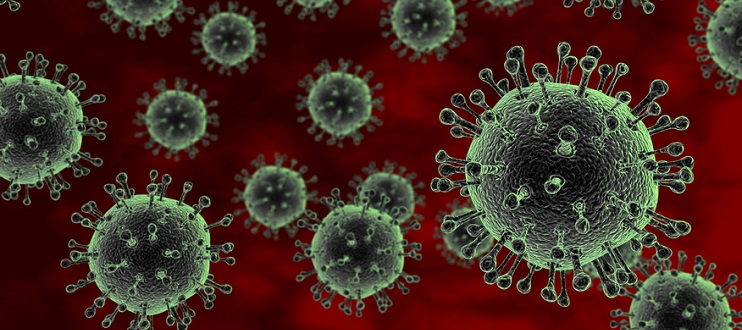

 Back to Suggested Publications
Back to Suggested Publications

This week, Professor Miguel O'Ryan, WAidid board member, suggests the article recently appeared on PIDJ Rotavirus Serum IgA Immune Response in Children Receiving Rotarix Coadministered With bOPV or IPV
SUMMARY:
The World Health Organization (WHO) currently recommends a combination of injectable inactivated poliovirus vaccines (IPVs) and oral poliovirus vaccines (OPVs) for routine infant immunization in most countries, as part of the endgame strategy, until interruption of all wild-type polioviruses has been certified globally. Approximately, one third of all vaccine-associated paralytic polio cases are caused by type 2 vaccine viruses. Thus, the Global Polio Eradication Initiative has recommended replacement of trivalent oral poliovirus vaccine (tOPV) with bivalent oral poliovirus vaccine (bOPV, types 1 and 3) by April 2016 accompanied by cessation of any elective use of type 2 containing OPVs. For rotavirus, WHO currently recommends vaccination for all infants, worldwide. It has been observed, however, that rotavirus vaccines (RVs) have a lower immunogenicity and efficacy/effectiveness in developing countries, where the burden of rotavirus disease is the greatest. Furthermore, a few studies suggest that OPV coadministered with RVs can interfere with the immunogenicity of the latter. Nevertheless, most studies concluded that coadministration of an OPV with an RV will decrease antirotavirus immunoglobulin A (IgA) seroconversion rates and titers.
As many countries will move imminently to sequential or concomitant IPV-bOPV schedules, it is important to know how the administration of RVs and its immunogenicity are affected by such new regimens. Data on rotavirus immunogenicity, when used in IPV-bOPV schedules, do not exist.
The authors previously carried out a study to assess the immunogenicity of 2 different IPV-bOPV schedules compared with an all-IPV schedule in Chilean infants. The study was multicentric, randomized and vaccinator-open but immunogenicity assessor-blind. Healthy, full-term infants at 8 weeks of age were randomized and allocated (1:1:1) to one of three treatment groups: (1) IPV at week 8, followed by bOPV at weeks 16 and 24 (IPV-bOPV-bOPV); (2) IPV at weeks 8 and 16, followed by bOPV at week 24 (IPV-IPV-bOPV); or (3) IPV at weeks 8, 16 and 24 (IPV-IPV-IPV). All three groups received oral RV (Rotarix) at weeks 8 and 16. Serum samples were tested for antirotavirus IgA. Paired serum samples were available for 434 of a total of 570 infants enrolled. Four to eight percent of subjects were seropositive by 8 weeks of age in a baseline sample, with no differences between groups. Antirotavirus IgA seroconversion rates at 28 weeks of age were significantly lower in the group 1 compared with groups 2 and 3 (P = 0.004). Seroconversion rates in groups 2 and 3 were similar. Although overall antirotavirus IgA antibody titers achieved at 28 weeks were significantly higher in groups 2 and 3 compared with group 1, this was a reflection of the seroconversion result.
Infants receiving a full course of 2 doses of Rotarix at 8 and 16 weeks of age, of which the first was coadministered with IPV and the second with bOPV, had a 15% lower antirotavirus IgA seroconversion rate, compared with infants receiving an all IPV regimen. Antirotavirus antibody concentrations in seroresponders after the 2 RV doses were not affected by the choice of the polio vaccine coadministered. The authors concluded that both tOPV and bOPV could interfere with the take of an oral RV. Individual country adoption of 2 or 1 IPV dose(s) followed by bOPV in future vaccine schedules as recommended by global policy makers will depend on several issues, and the fact that bOPV at 4 months decreases rotavirus immune response may influence such decisions in some countries.
AUTHORS: Sasirekha Ramani, Nora Mamani, Rodolfo Villena, Ananda S. Bandyopadhyay, Chris Gast, Alicia Sato, Daniel Laucirica, Ralf Clemens, Mary K. Estes, Miguel L. O’Ryan